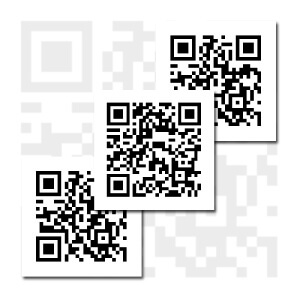Possibly…
What’s your call-to-action?
What do you want people to do as a result of seeing your marketing materials?
What are you selling?
To whom?
If a QR code makes it easier for your prospect to do the thing you want them to do, you should include it.
For example, if you want your prospect to request information and your QR code takes them to a form where they can give their details, great.
Using a QR code to drive traffic to a ‘find out more’ product video might be a good use of the technology, but don’t let it end there. Make sure the video ends with the next instruction for the prospect – whether that’s to request product info / share the video with their friends, etc.
Make sure the QR code links to something relevant. If your QR code appears on a product-specific printed page then make sure it links to a product-specific web page. Don’t send your prospect to your home page and make them search for the product / service they’ve just been reading about.
Is your QR code in a place where someone can actually scan it? I saw an example recently where an estate agent had a QR code in the window, but the spotlights of their window display were really bright and reflected off the window so it wasn’t possible to scan anything. Direct (non) marketing.
Include some kind of tracker. All of your direct marketing should be measurable, and QR codes are no exception. They take up valuable space, so you need to know if they work. Check your stats after each campaign and see which method generated the best response. Was it the QR code? Email? SMS?
Test, refine, and test again.
